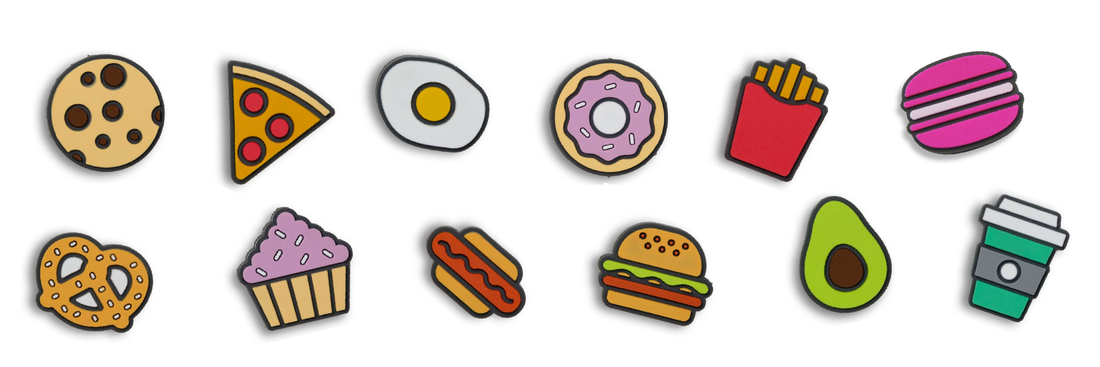The age-old question, the epic debate, do vibration dampeners work? Do they actually do anything at all? Are they simply a decorative piece? Do they help your game? Will they improve your strokes? Will they prevent tennis elbow?
We've uncovered some fascinating research to suggest an answer to the question we've all been wondering, "do vibration dampeners work?"
First, let's review, what is a vibration dampener? Some call them dampers, absorbers, dampeners, worms, damps, rubber bands, shock absorbers, and donuts. All of these terms essentially mean the same thing, its a small piece of rubber that's attached to the strings of a tennis racquet, with the intention of reducing the amount of vibration caused after contact with the tennis ball occurs.
Let's get right into trying to answer your questions.
The most important fact to remember is that they don't actually reduce the amount of vibration from the frame, they only reduce the amount of vibration of the strings. Most noticeable is the sound difference when the ball is struck with and without a vibration dampener. A stringbed without a vibration dampener will sound more like a "ping". However, when a dampener is used, the sound is a little more muffled.
Below is an excerpt from an article on Tennis.com titled "Attachment Issues: The Science and Aesthetics of String Dampeners", by Tim Newcomb:
Research from Taiwan to England shows that the dampening device is too small to actually reduce frame vibration. “String dampers do not reduce the amount of racquet frame vibration received in the forearm,” says Dr. Francois-Xavier Li of the University of Birmingham’s School of Sport and Exercise Sciences. “They remain a popular accessory among tennis players because of their acoustic effects and psychological support, rather than any mechanical advantage.”
The most interesting research that we have conducted, includes the results below, which show that more than half of the professional tennis players ranked in the top 100 in the world, both on the men's and women's tour, use vibration dampeners on a regular basis during their tour-level matches. The results show that on the men's ATP Tour, 58% of the top pros do use dampeners, while 42% do not. And on the women's WTA Tour, a staggering 76% do use vibration dampeners, while only 24% do not. If there's anything we can learn from the top professional tennis players in the world, it's that the majority of them find some benefit from using vibration dampeners on their strings.
Professional Tennis Players Dampener Usage Statistics

Despite the fact that the majority of the top tennis players in the world do use dampeners, surprisingly, the most successful male and female players currently playing on tour, Roger Federer and Serena Williams, neither of them use vibration dampeners in their tennis racquets.
Conclusion, while tennis racquet vibration dampeners come in many fun, colorful, and unique styles and designs, the only true, proven benefit, is that they dampen only the vibrations of the strings, and muffle the sound. There is no conclusive evidence that they can reduce the effects nor prevent tennis elbow, can help your strokes, or improve your game, but if you feel more comfortable with a dampener, or you enjoy the aesthetics of adding them to your racquet, give them a try!
If you're interested in trying some fun, food-themed vibration dampeners, check them out! They're available in the following twelve designs: Chocolate Chip Cookie, Slice of Pizza, Fried Egg, Frosted Donut, French Fries, French Macaron, Pretzel, Iced Cupcake, Hot Dog, Hamburger, Whole Avocado, and Cup of Coffee.


